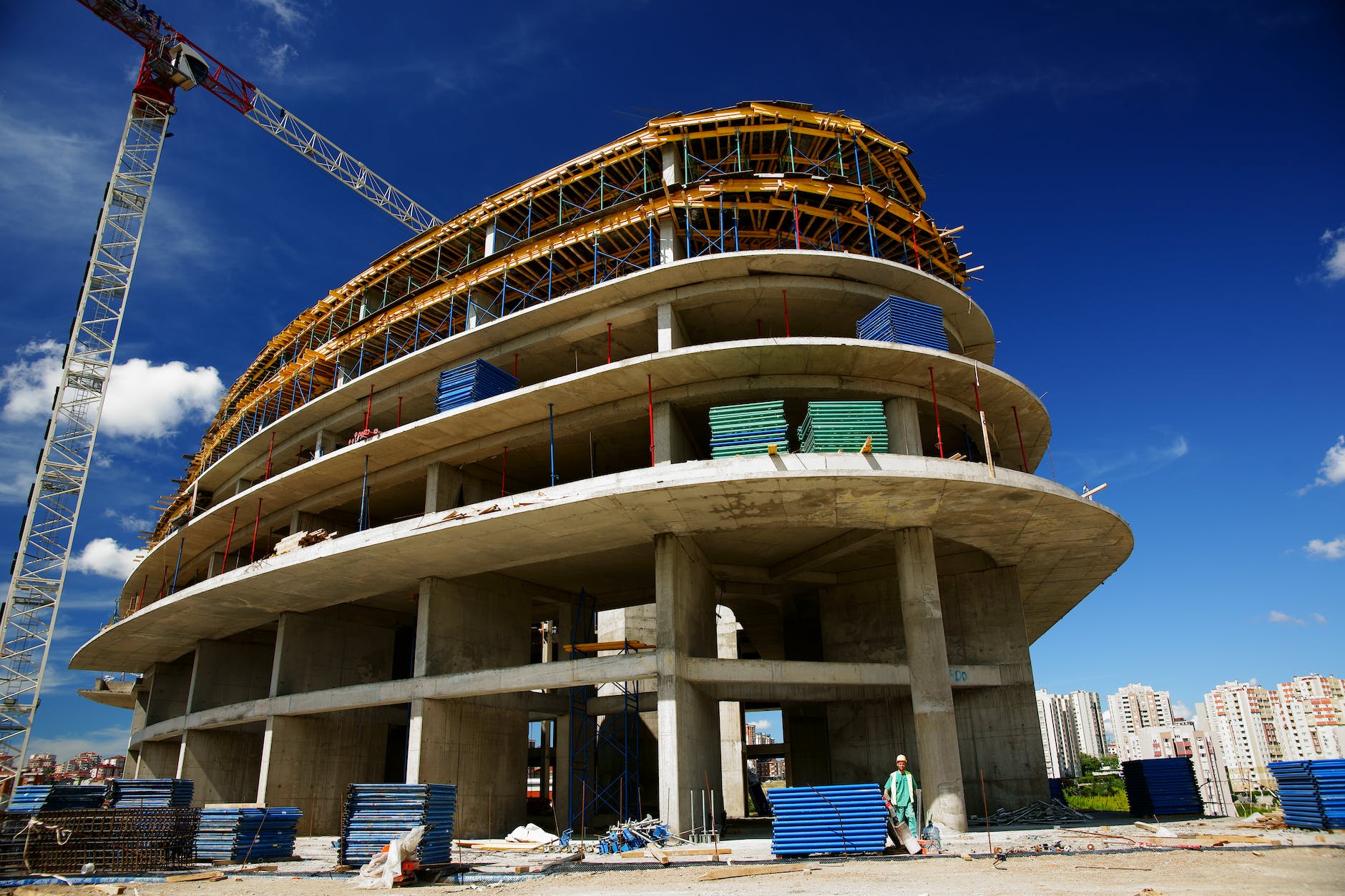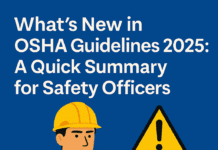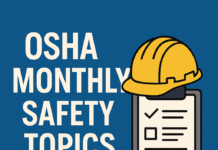
OSHA Construction Safety Checklist: Building a Foundation for Safer Work Environments
Introduction
In the dynamic realm of construction, where every hammer strike and scaffold installation poses inherent risks, prioritizing safety becomes paramount. The Occupational Safety and Health Administration (OSHA) stands as a stalwart guardian, setting the standards that ensure the well-being of workers in the construction industry. This article delves into the OSHA construction safety checklist, a vital tool in navigating the complex landscape of safety regulations and fostering a secure work environment.
Understanding OSHA Standards
Before we explore the checklist, let’s grasp the foundation it stands upon – OSHA standards. Established by the federal government, OSHA regulations for the construction industry outline the dos and don’ts that govern every construction site. From scaffolding to electrical wiring, these standards are the bedrock of safety.
Components of OSHA Construction Safety Checklist
Now, let’s dissect the checklist itself. It’s not a monolithic document but a comprehensive compilation of safety measures. Personal protective equipment (PPE), fall protection, hazard communication, electrical safety, and machinery guidelines are just a few puzzle pieces that make up this safety mosaic.
Creating an Effective Checklist
But how do you craft a checklist that resonates with the nuances of your specific construction site? The answer lies in collaboration. Involving workers in checklist creation ensures a holistic approach. Regular updates and revisions then keep the checklist a living, breathing document.
Here's a general OSHA (Occupational Safety and Health Administration) construction safety checklist. Keep in mind that this is a basic guide, and specific requirements may vary depending on the nature of the construction work and local regulations. Always consult the latest OSHA guidelines and regulations for the most accurate information.- Personal Protective Equipment (PPE):
- Hard hats are worn by all workers on the site.
- Safety glasses or face shields are used to protect the eyes.
- Hearing protection is provided and used in noisy areas.
- Steel-toed boots are worn by all workers.
- High-visibility clothing is used where required.
- Fall Protection:
- Guardrails, safety nets, or personal fall arrest systems are in place where workers are exposed to fall hazards.
- Covers and guardrails are installed on floor openings and holes.
- Scaffolding:
- Scaffold structures are sound, well-constructed, and inspected regularly.
- Guardrails, mid-rails, and toe boards are installed on all open sides and ends of scaffolding.
- Planking is in good condition and fully decked.
- Ladders:
- Inspect and ensure the stability and condition of ladders before use.
- Ladders are set up on stable surfaces and extend at least 3 feet above the landing.
- Excavations:
- Protective systems (sloping, shoring, shielding) are in place for trenches deeper than 5 feet.
- Workers are trained in safe excavation practices.
- Electrical Safety:
- Electrical equipment is properly grounded.
- Lockout/tagout procedures are followed when working on electrical systems.
- Tool Safety:
- Hand and power tools are used in accordance with manufacturer guidelines.
- Guards are in place on power tools.
- Defective or damaged tools are removed from service.
- Material Handling:
- Proper lifting techniques are used to prevent musculoskeletal injuries.
- Material storage does not create hazards, and heavy items are stored on lower shelves.
- Fire Safety:
- Fire extinguishers are placed at accessible locations, and workers are trained in their use.
- Flammable materials are stored properly.
- Emergency Response:
- First aid supplies are available and accessible.
- Emergency evacuation routes are clearly marked.
- Training:
- All workers are trained in relevant safety procedures.
- Toolbox talks are conducted regularly to address specific safety concerns.
- Housekeeping:
- Work areas are kept clean and organized.
- Debris and trip hazards are promptly removed.
This checklist is a starting point, and it's crucial to adapt it to the specific requirements of your construction site and the current OSHA regulations. Always consult the latest OSHA guidelines and involve qualified safety professionals in your safety planning.Implementing the Checklist on Construction Sites
The best checklist is only as good as its application. Training workers on its usage, constant supervision, and addressing challenges head-on – these steps solidify the checklist’s role as a guardian angel on the construction site.
Benefits of OSHA Construction Safety Checklist
Why go through all this trouble? The benefits are immense. Reduced accidents, regulatory compliance, and improved efficiency are just a few dividends of investing in safety.
Challenges in OSHA Compliance
However, challenges are part of the journey. Identifying common obstacles and strategizing to overcome them ensures a smoother path to compliance.
Continuous Improvement and Adaptation
Safety is not static. It’s a dynamic force that requires continuous improvement. Adapting to changes in regulations and industry standards is the key to staying ahead of the safety curve.
Training and Awareness Programs
An informed worker is a safe worker. Ongoing safety training and awareness programs instill a safety-conscious culture, creating a workforce that is both vigilant and proactive.
Legal Implications of Non-Compliance
The consequences of non-compliance with OSHA standards extend beyond fines. Legal implications can tarnish a company’s reputation and disrupt its operations. A proactive approach to safety is not just a choice; it’s a necessity.
Conclusion
In conclusion, the OSHA construction safety checklist is not just a document; it’s a commitment to the well-being of those who build our world. Embrace it, customize it, and let it be the guiding light on your construction site.
OSHA Safety Officer Certification
OSHA Safety Manager Requirements
FAQs (Frequently Asked Questions)
- Is the OSHA construction safety checklist mandatory for all construction projects?
- Yes, OSHA mandates the use of the checklist to ensure the safety of workers on construction sites.
- How often should the checklist be updated?
- The checklist should be updated regularly, at least annually, to reflect changes in regulations and industry best practices.
- What are the potential penalties for non-compliance with OSHA standards?
- Penalties for non-compliance vary but can include fines, citations, and potential work stoppages.
- Are there specific requirements for personal protective equipment (PPE) outlined in the checklist?
- Yes, the checklist includes specific requirements for PPE based on the nature of the construction work.
























